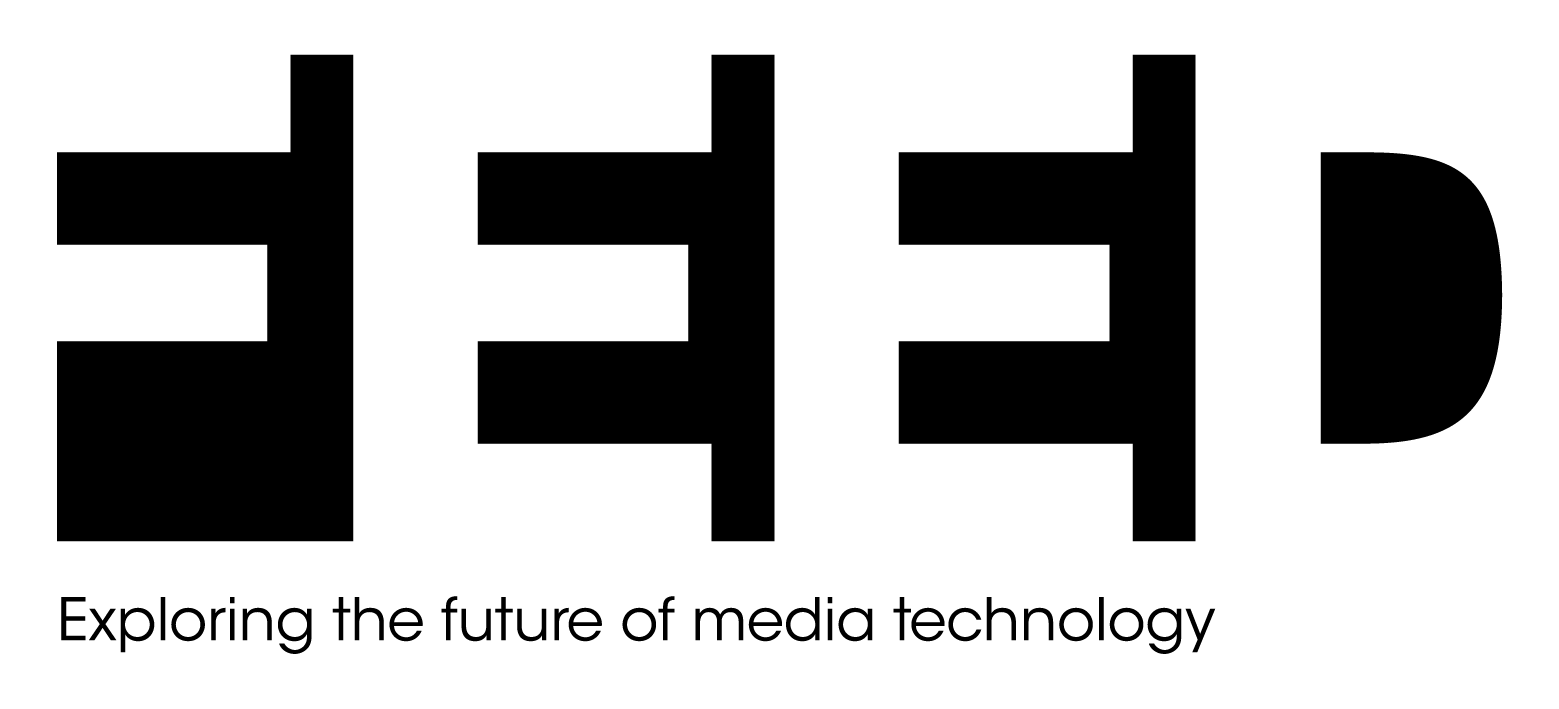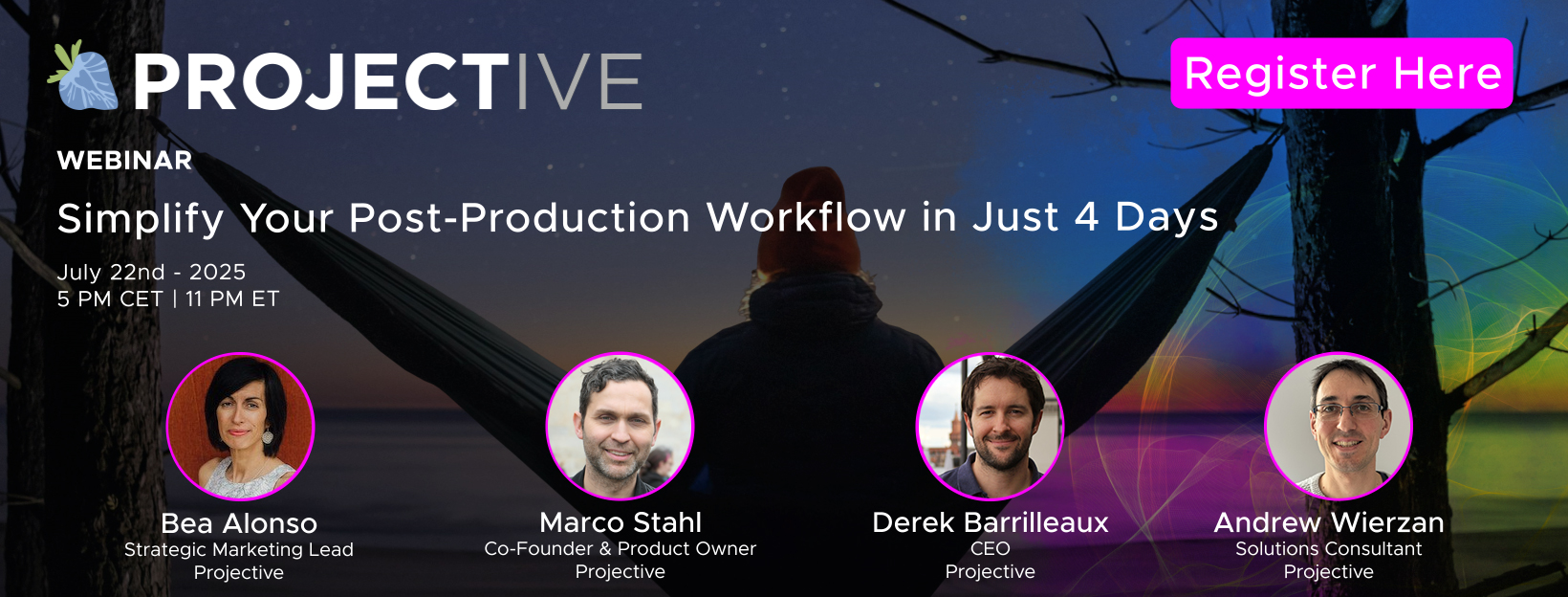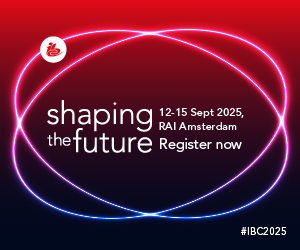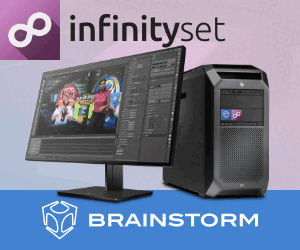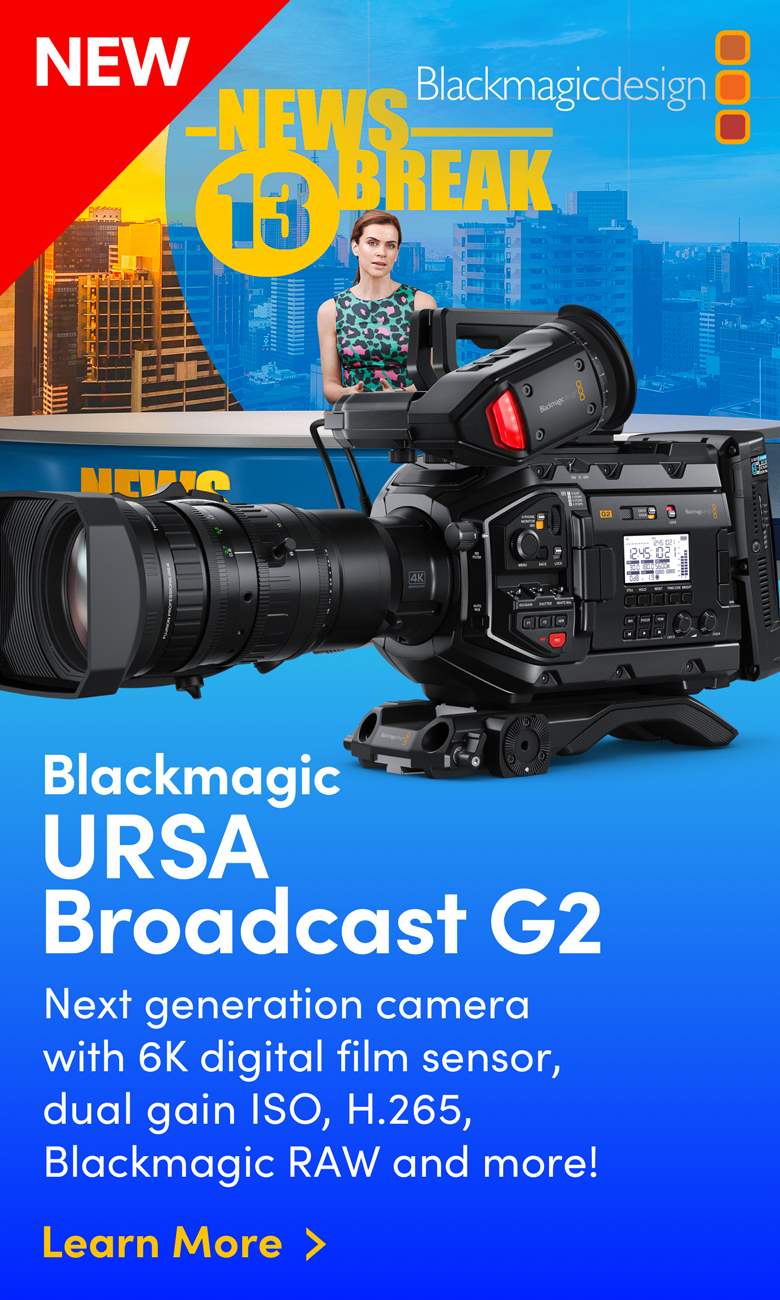Brainstorm: Understanding current virtual production

Posted on Apr 24, 2025 by FEED Staff
Unlock VP’s future with the second edition of Brainstorm’s expert guide
Sponsored editorial
Since Brainstorm launched the first edition of its white paper Understanding XR, virtual production (VP) has become more than just a trend; it’s now a technique commonly used in film, broadcast and live events worldwide. The industry verdict is that VP is here to stay, as it responds to the profound changes the digital age has driven for content creation. Broadcasters and production companies are most aware of opportunities for improving audience engagement, quality and flexibility in content creation.
Augmented reality (AR) and virtual sets have been around for decades, but when technologies such as physically based rendering (PBR) and real-time ray tracing arrived, as well as game engines like Unreal Engine, they ushered in a new era of VP. The concept has since diversified with the use of display technologies like LED volumes; alternatives to traditional chroma keying.
The increasing popularity of VP marks a significant turning point in the filmmaking and broadcast industries, blending the physical and digital worlds to create seamless and immersive storytelling experiences. Unlike traditional filmmaking methods, VP leverages real-time rendering tech, LED volume stages, chroma sets and sophisticated motion-capture systems to bring even the most ambitious creative visions to life. With unprecedented precision and flexibility, it can make them indistinguishable from reality.

Virtual reality is also a great tool for enhancing information displayed on broadcast programmes while adding spectacle. This is useful for creating artificial worlds that can be assimilated and seen as real by the audience. Moreover, the growing availability of data to be displayed demands more visually attractive ways of presentation for audiences at home, which can be achieved by combining real and virtual images.
As technology evolves, VP becomes more accessible, flexible and cost-effective. Its extensive possibilities – including enhanced storytelling, immersive experiences and resource efficiency – explain why it’s revolutionising content creation. If you’re into VP, feel free to download the updated white paper, which expands on its original objective of shedding light on the concepts, possibilities and pros and cons of LEDs and chroma sets.
Discover more at xrguide.brainstorm3d.com
This article was first published in the Spring 2025 issue of FEED.
